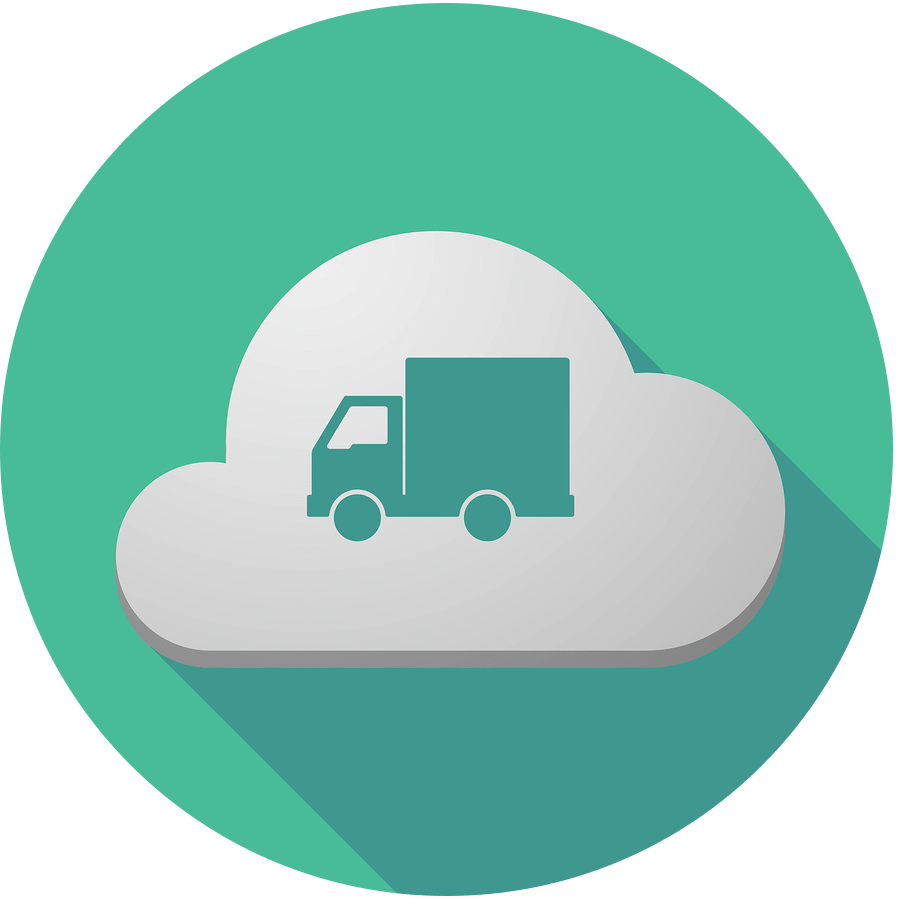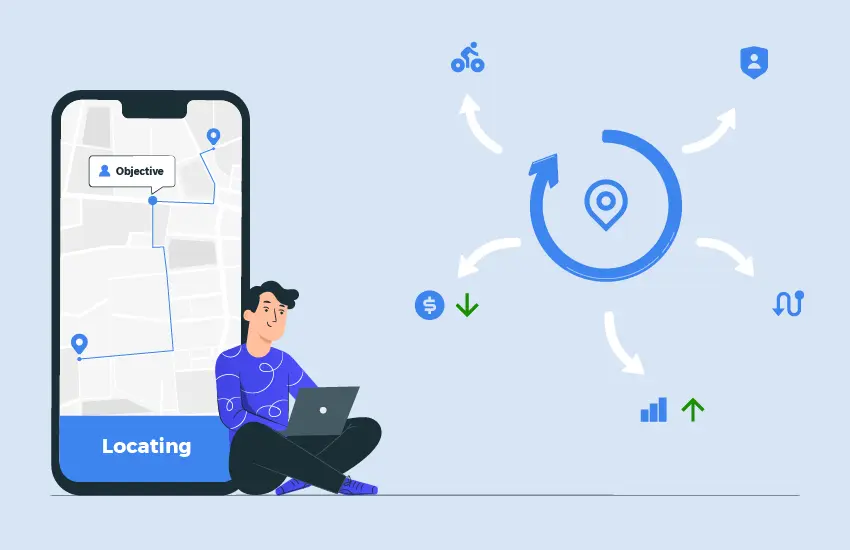Cloud-Based Delivery Systems for Cross-Carrier Visibility
In today’s globalized market, businesses rely on complex supply chains that involve multiple carriers, freight modes, and logistics partners. One of the biggest challenges companies face is achieving real-time visibility across various airlines and ensuring efficient coordination of deliveries. As e-commerce and customer expectations grow, providing seamless, reliable, and fast delivery becomes a key competitive advantage.
Many businesses are turning to cloud-based delivery systems that offer cross-carrier visibility to address these challenges. These advanced systems give businesses a comprehensive view of their logistics network, allowing them to track shipments in real-time, optimize routes, and improve decision-making.
In this blog post, we will explore how cloud-based delivery systems enhance cross-carrier visibility, their benefits, and how they can help businesses improve efficiency and customer satisfaction.

1. What is Cross-Carrier Visibility?
Cross-carrier visibility refers to the ability to track shipments and deliveries across multiple carriers or transportation providers, regardless of the mode of transport. This level of visibility allows businesses to monitor their entire supply chain in real-time, from the point of origin to the final destination.
Traditionally, businesses used individual carrier systems to track shipments, but this fragmented approach often resulted in poor coordination and delays. With cloud-based delivery systems, companies can consolidate data from various carriers into a single platform, ensuring that all stakeholders have access to the same real-time information.

2. How Cloud-Based Delivery Systems Enable Cross-Carrier Visibility
Cloud-based delivery systems leverage cloud computing technology to provide businesses with a centralized platform integrating data from carriers, freight modes, and logistics partners. Here’s how they work:
- Data Integration: These systems collect data from multiple carriers’ systems and integrate it into one unified platform. This includes tracking data, shipment status, and expected delivery times.
- Real-Time Tracking: Cloud-based systems offer real-time tracking, allowing businesses to view the location and status of their shipments at any point in the supply chain.
- API Integrations: Many cloud-based systems offer API integrations with major carriers (e.g., UPS, FedEx, DHL), making it easy to pull data directly from the carriers’ systems and display it in a single interface.
By consolidating data from multiple carriers, businesses can gain a holistic view of their supply chain and optimize their operations based on up-to-date information.

3. Benefits of Cloud-Based Delivery Systems for Cross-Carrier Visibility
3.1. Improved Efficiency and Reduced Delays
One of the key advantages of cross-carrier visibility is the ability to optimize shipping routes and delivery schedules. With real-time information, businesses can make better decisions regarding:
- Routing optimization: Cloud-based systems allow businesses to choose the most efficient delivery routes, considering weather, traffic, and carrier performance.
- Reduced delays: With better insight into the status of shipments, businesses can proactively address potential delays, whether rerouting a delivery or informing customers about an expected delay.
By improving efficiency and reducing delays, businesses can save on shipping costs and improve customer satisfaction.

3.2. Enhanced Customer Experience
Customers today expect fast, transparent, and reliable delivery options. Cloud-based delivery systems allow businesses to provide real-time tracking to customers, allowing them to see exactly where their package is at all times.
Cross-carrier visibility means businesses can provide accurate, up-to-date information about the delivery status, including estimated delivery windows, potential delays, and exceptions. This level of transparency builds trust and enhances the overall customer experience.

3.3. Cost Savings and Optimized Resource Allocation
Cloud-based delivery systems enable businesses to make data-driven decisions, which leads to cost savings. By having a comprehensive view of the supply chain, businesses can:
- Reduce unnecessary shipping costs by consolidating shipments and choosing the most cost-effective carrier for each delivery.
- Minimize stock-outs by improving inventory visibility across multiple carriers and warehouses.
- Optimize resource allocation by using insights from the platform to better plan for demand and delivery requirements.
All of this leads to a more efficient and cost-effective supply chain.

3.4. Better Decision-Making with Data Insights
Cloud-based delivery systems provide detailed analytics and reports that help businesses make smarter decisions. These systems gather data on shipping performance, delivery times, customer satisfaction, and carrier efficiency, which can be analyzed to identify trends, inefficiencies, and areas for improvement.
Businesses can use this data to:
- Optimize logistics strategies and improve shipping times.
- Adjust inventory management practices.
- Improve relationships with carriers by identifying and addressing recurring issues.
With better data, businesses can continuously improve their operations and ensure long-term success.
4. How to Choose the Right Cloud-Based Delivery System for Cross-Carrier Visibility
When selecting a cloud-based delivery system for your business, consider the following:
- Carrier integration: Ensure the platform supports integration with your current carriers, allowing you to track shipments across various providers.
- Ease of use: Look for a user-friendly interface that your logistics team and other stakeholders can easily navigate.
- Scalability: Choose a system that can grow with your business, accommodating more carriers and freight options as your logistics network expands.
- Customer support: Ensure the platform offers strong customer support, including training resources and responsive assistance when issues arise.
PostalParcel offers advanced cloud-based delivery solutions that provide comprehensive cross-carrier visibility, helping businesses streamline logistics, reduce costs, and enhance the customer experience.
Conclusion: The Future of Cross-Carrier Visibility
As the logistics industry evolves, cloud-based delivery systems will play a central role in providing cross-carrier visibility. By integrating data from multiple carriers and offering real-time tracking, these systems are helping businesses optimize their operations, improve customer satisfaction, and reduce costs.
For businesses looking to improve their delivery management, invest in cloud-based solutions that provide complete visibility across your entire supply chain. With the right system, you’ll be able to stay ahead of the competition and deliver a seamless customer experience.
Visit PostalParcel.com to explore how we can help your business improve cross-carrier visibility and optimize logistics operations.
Industry Insights
news via inbox
Nulla turp dis cursus. Integer liberos euismod pretium faucibua








